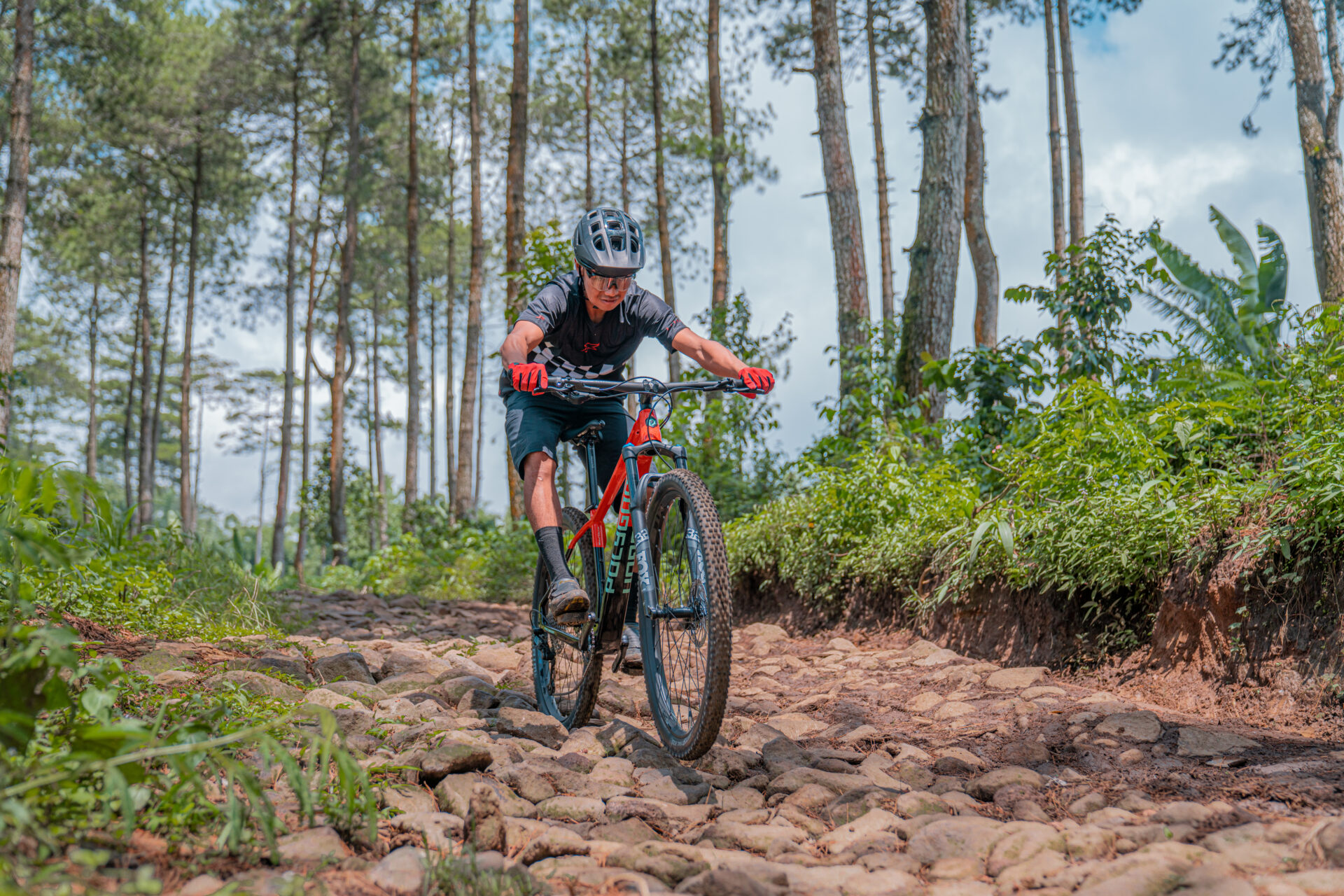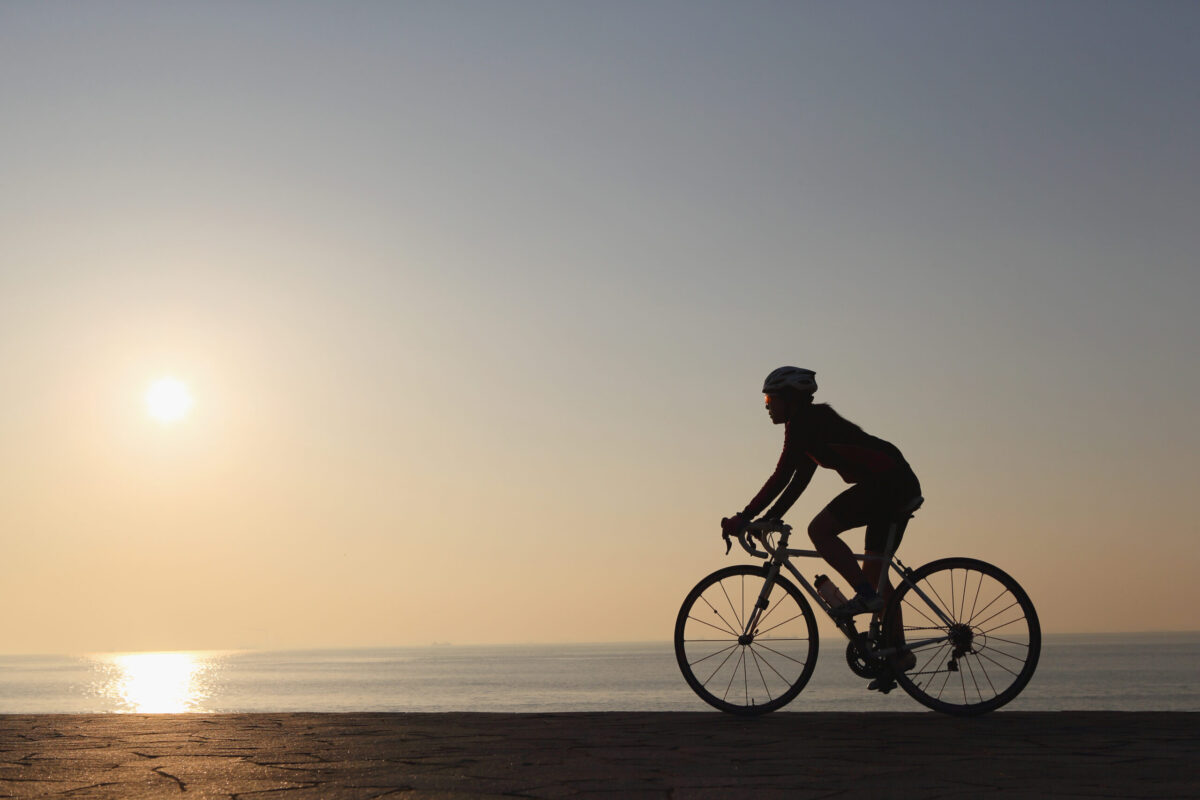I. Introduction
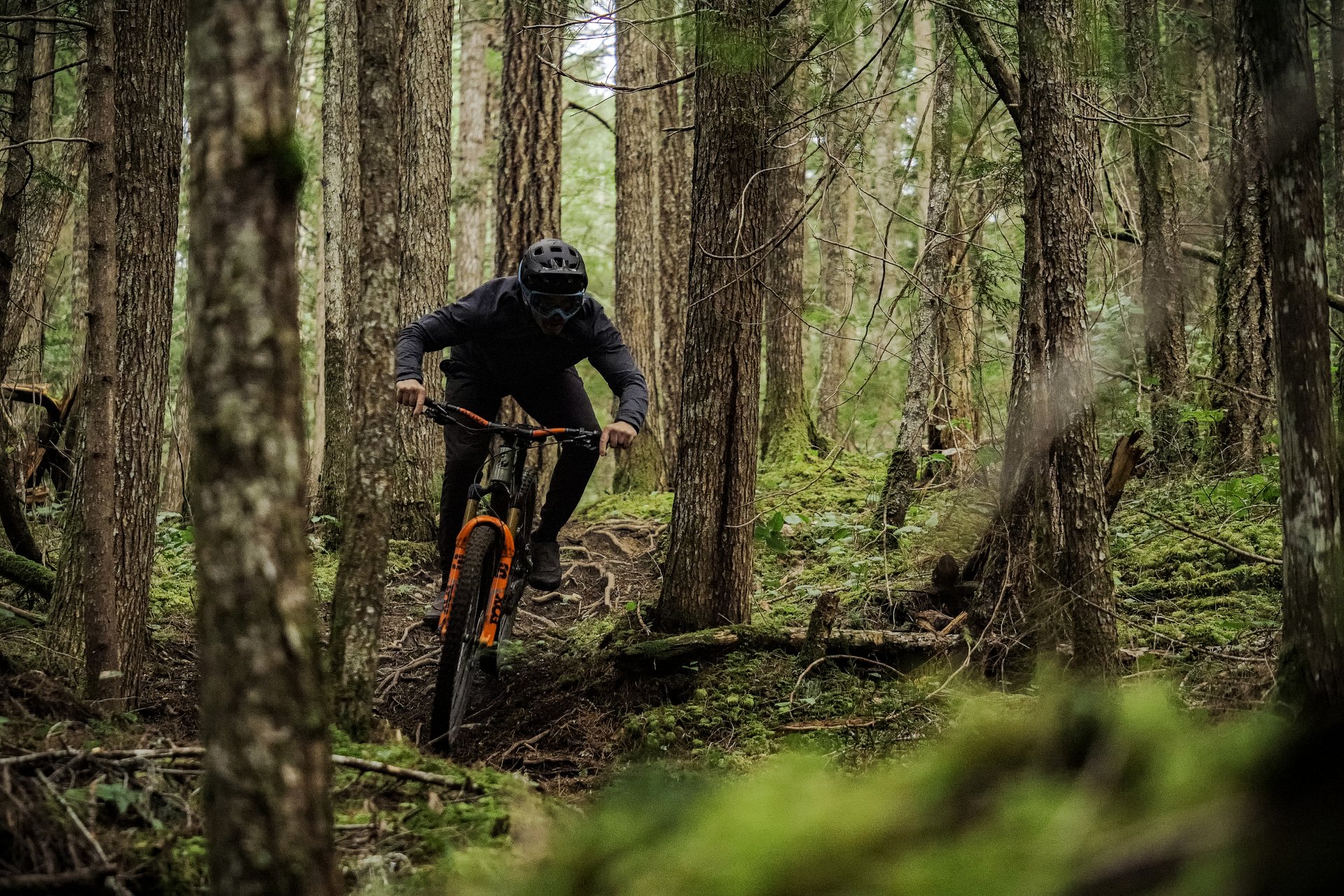
Cycling has become increasingly popular as a form of exercise and transportation. Not only is it a great cardiovascular workout, but it also engages various muscle groups, making it a full-body workout. Understanding the muscle activation in cycling is important for optimizing performance and preventing injuries. In this article, we will explore the primary muscles involved in cycling and discuss the benefits of cycling as a full-body workout.
II. The Primary Muscles Involved in Cycling
A. Lower Body Muscles
- Quadriceps The quadriceps are a group of muscles located at the front of the thigh. They are responsible for extending the knee joint, which is crucial for propelling the bicycle forward. There are three main muscles in the quadriceps group: a. Rectus femoris: This muscle runs down the center of the thigh and plays a key role in extending the knee and flexing the hip. b. Vastus lateralis: This muscle is located on the outer side of the thigh and works in conjunction with other quadriceps muscles to extend the knee. c. Vastus medialis: Situated on the inner side of the thigh, this muscle helps to stabilize the knee joint during cycling.
- Hamstrings The hamstrings are a group of muscles situated at the back of the thigh. They are responsible for flexing the knee joint and assisting in hip extension. While they are not as active as the quadriceps during cycling, they play a crucial role in stabilizing the knee and maintaining proper pedal stroke technique.
- Gluteus Maximus The gluteus maximus is the largest muscle in the buttocks region. It is responsible for hip extension, which is crucial for generating power during the pedal stroke. Strong gluteal muscles not only improve cycling performance but also help prevent lower back pain and knee injuries.
- Gastrocnemius (calf muscles) The gastrocnemius, commonly known as the calf muscle, is located at the back of the lower leg. It is responsible for plantarflexion of the ankle, which is vital for pushing the pedal downwards during cycling. This muscle also helps stabilize the ankle joint and provides propulsion during the upward phase of the pedal stroke.
B. Core Muscles
- Abdominals The abdominals are the muscles located in the front of the abdomen. While they may not be directly involved in the pedal stroke, they play a crucial role in stabilizing the torso and maintaining proper posture during cycling. Strong abdominal muscles help to transfer power from the lower body to the upper body, improving overall cycling efficiency.
- Obliques The obliques are located at the sides of the abdomen and play a significant role in torso rotation. They help generate power during climbing or sprinting and assist in maintaining stability and balance while cycling.
- Lower back muscles The lower back muscles, including the erector spinae, multifidus, and quadratus lumborum, provide stability and support to the spine during cycling. Strong lower back muscles help maintain proper posture, reduce fatigue, and prevent lower back pain.
III. The Mechanics of Pedaling and Muscle Activation
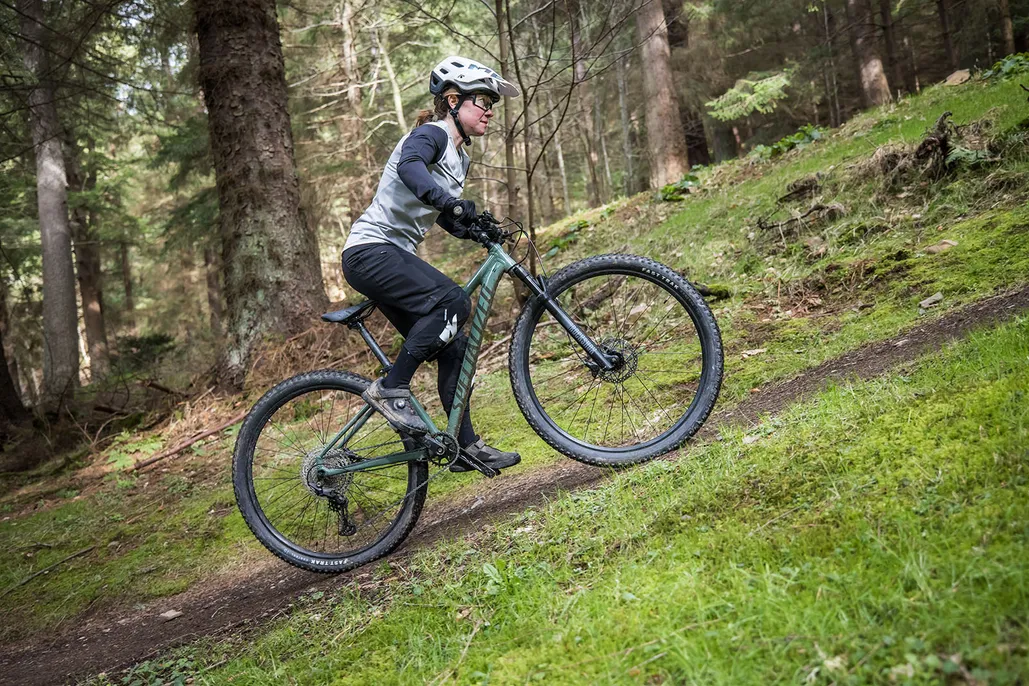
A. Downstroke Phase
- Quadriceps Activation: The quadriceps, including the rectus femoris, vastus lateralis, and vastus medialis, play a primary role in generating power during the downstroke phase. We will discuss the specific activation patterns and the importance of quadriceps strength in cycling performance.
- Gluteus Maximus Activation: The largest muscle in the glute complex, the gluteus maximus, contributes to hip extension during the downstroke phase. We will explore the role of the gluteus maximus in generating power and maintaining stability in the pedal stroke.
B. Upstroke Phase

- Hamstrings Activation: While often considered a passive muscle group during the downstroke, the hamstrings play an active role during the upstroke. We will examine how the hamstrings contribute to a more efficient pedal stroke and discuss the importance of hamstring strength.
- Hip Flexor Activation: The hip flexors, including muscles like the iliopsoas, contribute to the upstroke phase by flexing the hip and lifting the leg. We will explore the involvement of the hip flexors in the pedal stroke and their impact on pedal efficiency.
C. Core Activation during Cycling
- Abdominals and Obliques: The abdominal muscles, including the rectus abdominis and obliques, stabilize the torso and assist in generating power during the pedal stroke. We will discuss the activation patterns of these core muscles and their role in maintaining balance and posture.
- Lower Back Muscles: The lower back muscles, including the erector spinae and multifidus, provide stability and support during cycling. We will explore the activation of these muscles and their contribution to a strong and stable cycling posture.
IV. Benefits of Cycling on Muscular Development and Endurance
A. Lower Body Muscles
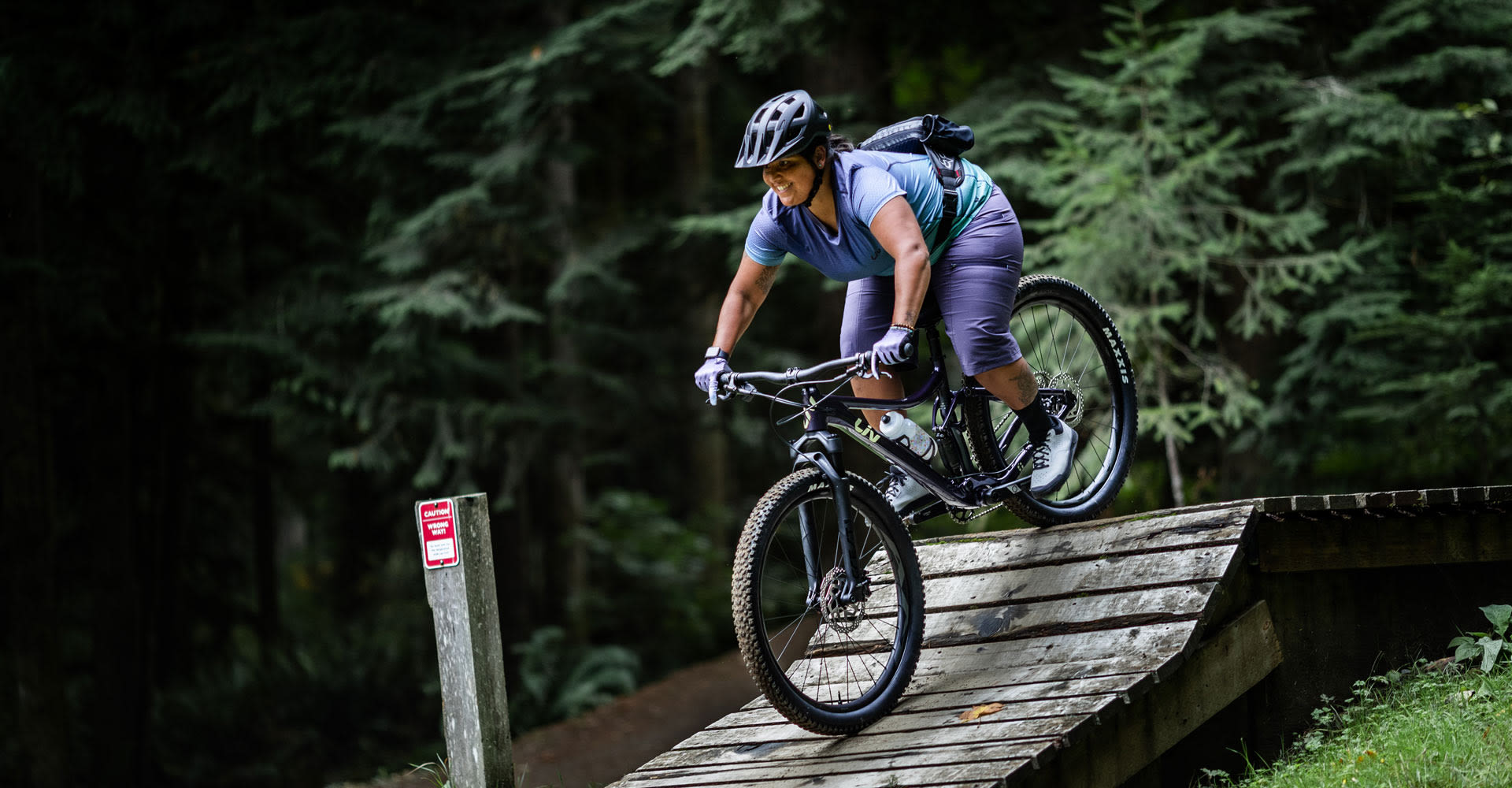
- Strength and Endurance Gains in Quadriceps and Glutes: Cycling is an excellent way to develop strength and endurance in the quadriceps and glute muscles. We will discuss the specific benefits of cycling on these muscle groups and how they contribute to overall cycling performance.
- Improved Muscular Balance and Stability: Cycling helps promote muscular balance in the lower body, reducing the risk of imbalances and potential injuries. We will explore how cycling can improve leg muscle symmetry and enhance stability during the pedal stroke.
B. Core Muscles
- Improved Posture and Core Strength: Cycling engages the core muscles, leading to improved posture and core strength. We will discuss the benefits of a strong core for cycling performance and injury prevention.
- Enhanced Stability and Power Transfer: A strong core allows for better stability and efficient power transfer from the lower body to the pedals. We will delve into how cycling can enhance these aspects through core activation.
Conclusion:
Understanding the mechanics of pedaling and the corresponding muscle activation during cycling is essential for maximizing muscular development and endurance. By focusing on the specific muscle activations in each phase of the pedal stroke and recognizing the benefits of cycling on muscular development and stability, cyclists can optimize their training and improve overall performance. Remember to incorporate strength training exercises and core workouts to complement cycling and maintain muscular balance for a well-rounded fitness routine. Embrace the power of the pedal stroke and enjoy the benefits of cycling for your muscular development and endurance goals.
